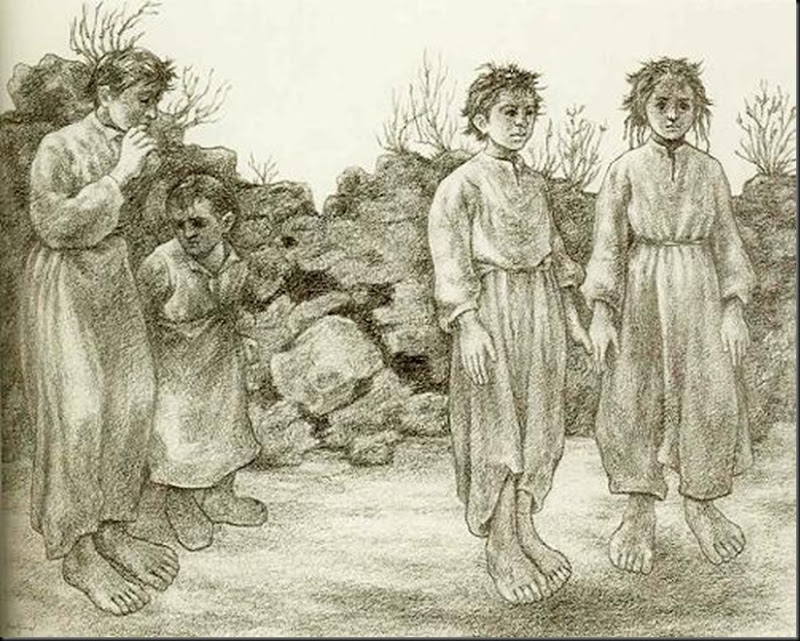Turkish figurative painter Neşet Günal was an uncompromising artist. At a time of heated discussion in Turkish art circles about themes and styles, he chose the local over the international in theme, and figurative over abstract in style, despite the preferences of many of his contemporaries. Günal was born in 1923 in the Central Anatolian province of Nevşehir. Although his exact date of birth is not known, he used to say he was born during the grape harvest season -- in autumn.
He started drawing his first portraits while still in primary school. He even made it his profession. On his way home from school, people from town would give him their photographs and he would paint a portrait of the person in the photo overnight, return the photo and the new portrait the next morning, and earn 25 kuruş apiece. Moreover, he was self taught, without a teacher or example to follow. He just had a very strong passion to draw on paper whatever he saw exactly as he saw it.
He was discovered by the art teacher at school, and with a small scholarship granted by the local municipality, he enrolled in the İstanbul State Academy of Fine Arts, the present day Mimar Sinan Fine Arts University.
The year was 1939. World War II had begun and there was poverty everywhere. But that year meant a new beginning for Günal with new questions to explore: What is painting, why do we paint, and what are our responsibilities as artists?
During his time at the Academy, Günal was exposed to the duality of two prevailing art movements in Turkey: Yeniler (The New Group), which argued that the art of painting should touch upon social topics; and Group D, which was more interested in universality in painting. But when Günal graduated from the academy with honors in 1946, the only influence on him was that of his tutor, the French artist Leopold Levy, who often used to tell him, “Raphael would have done this much at your age.”
Günal went to Paris in 1948, but couldn't even hold a paintbrush for the first six months when he discovered that he still had a lot more to learn about painting. The disappointment that came with this realization led him to understand that what he had been doing until then was forced and unnatural. “Paris taught me to be critical of myself,” Günal would later sum up his time in Paris. It was when he decided to turn to his native soil for inspiration that he finally found solace.
By the time he returned to Turkey in 1954, he had overcome his inner conflicts and found his own style and themes that he would use until the end of his life. His only requirement by then was the human figure, or more precisely, the people of Anatolia, set against the barren landscape.
Günal's 1956 painting “Bağbozumu” (Vintage) might be described as the first painting that bears the signs of his newly adopted approach, yet his 1958 work “Yaşantı” (Life) is the landmark where his dedication to his responsibility as an artist has become evident.
From that time on, his paintings are marked with a new sentiment. The subjects are resigned, scared, tired and most importantly, sorrowful. The prevailing colors of yellow and brown, and titles such as “Yaşantı” (Life), “Çocuklar” (Children), “Korkuluk” (The Scarecrow), “Toprak Adamı” (Man of the Land) and “Duvar Dibi” (Next to the Wall), reflect his focus and the significance his homeland had for him.
By 1964 he had his own workshop and was teaching at the academy, where he became a professor in 1970 and worked until 1983, when he retired. All along, only one thing never changed for Günal: his devotion to painting the struggles of the people of Anatolia.



















Nessun commento:
Posta un commento